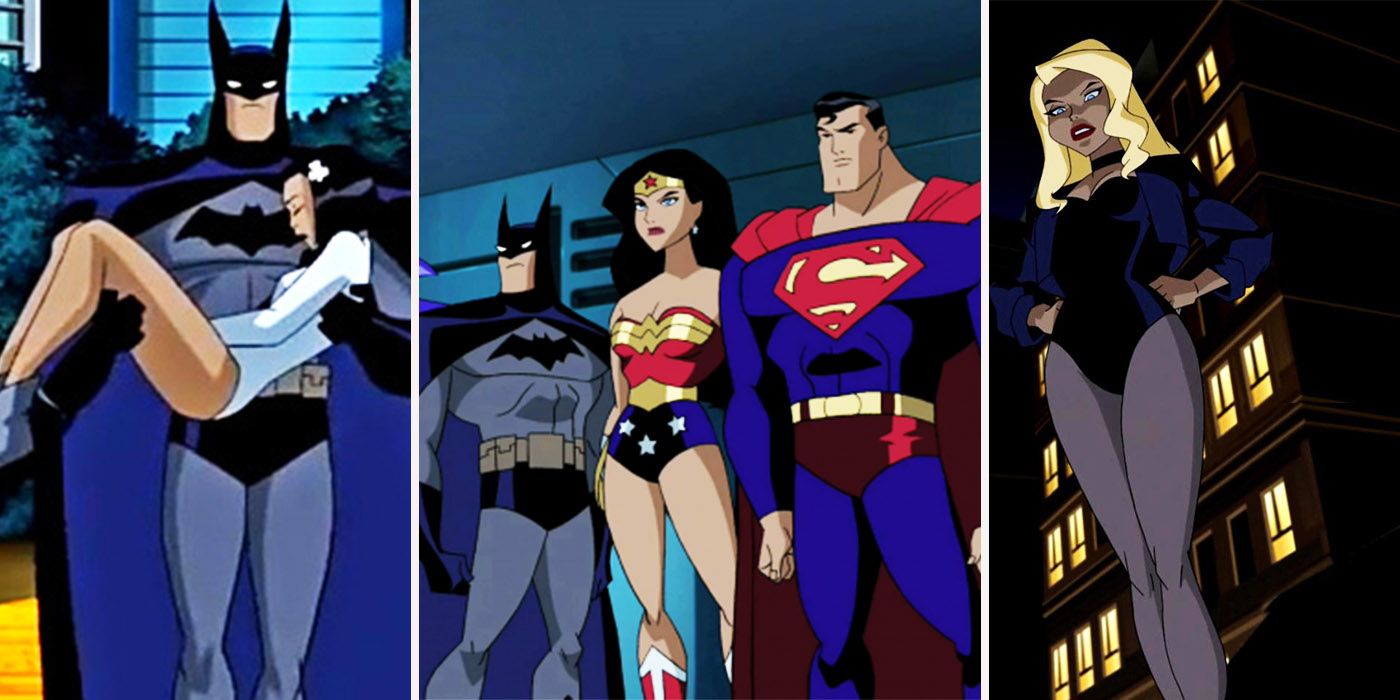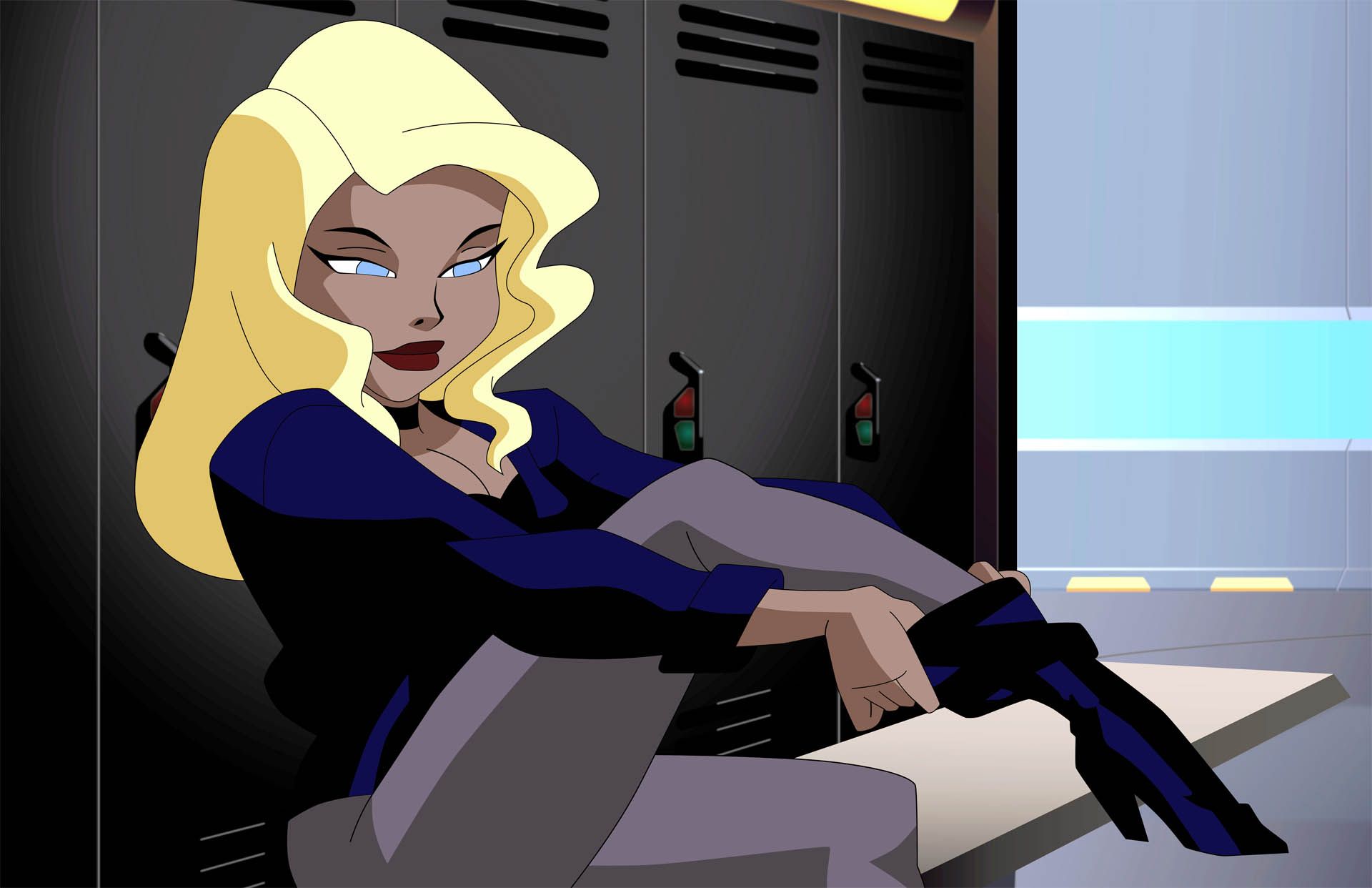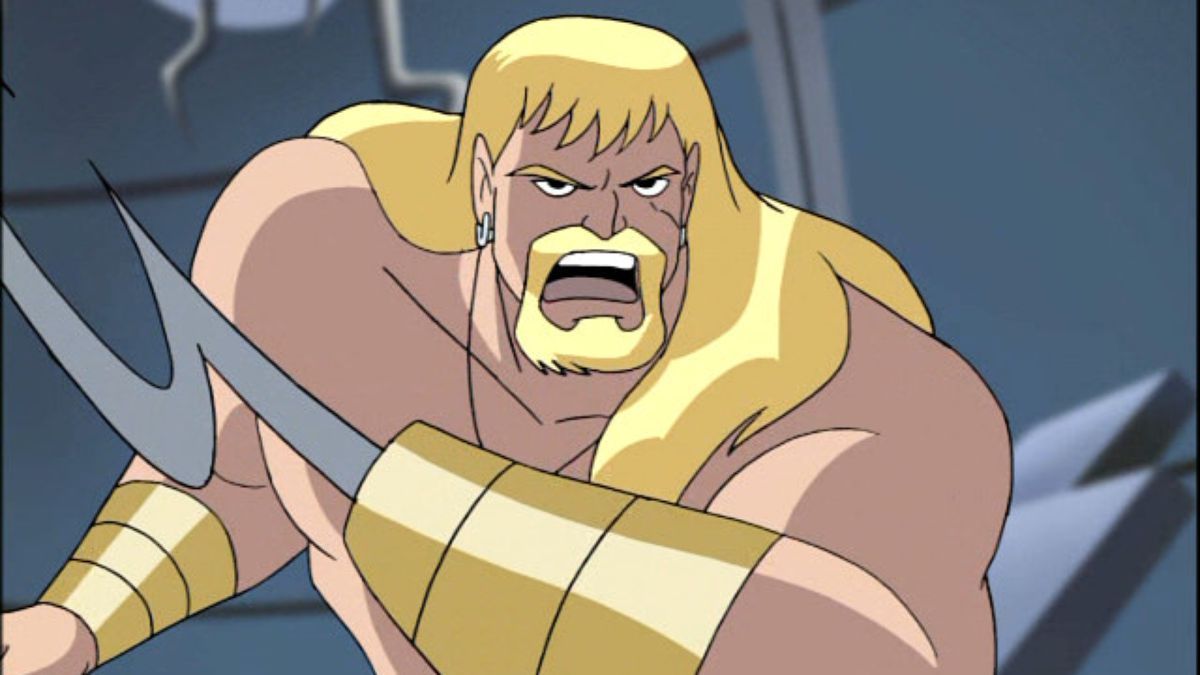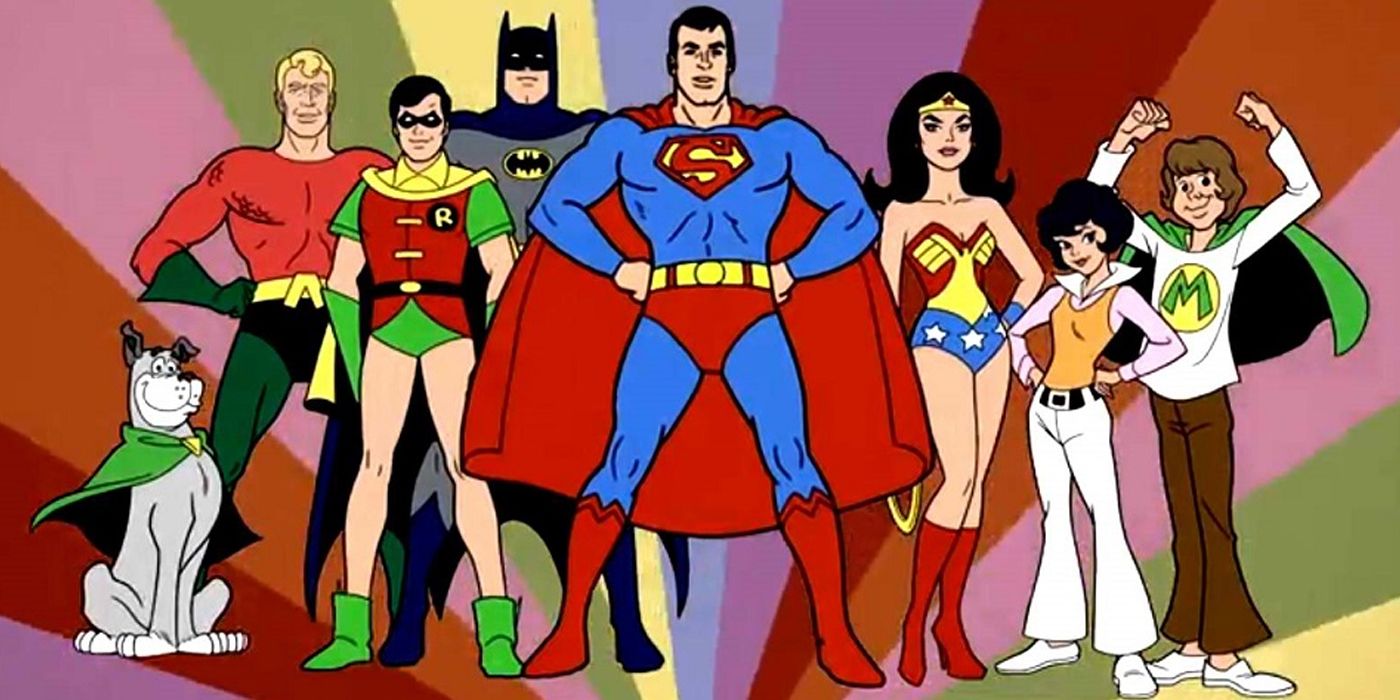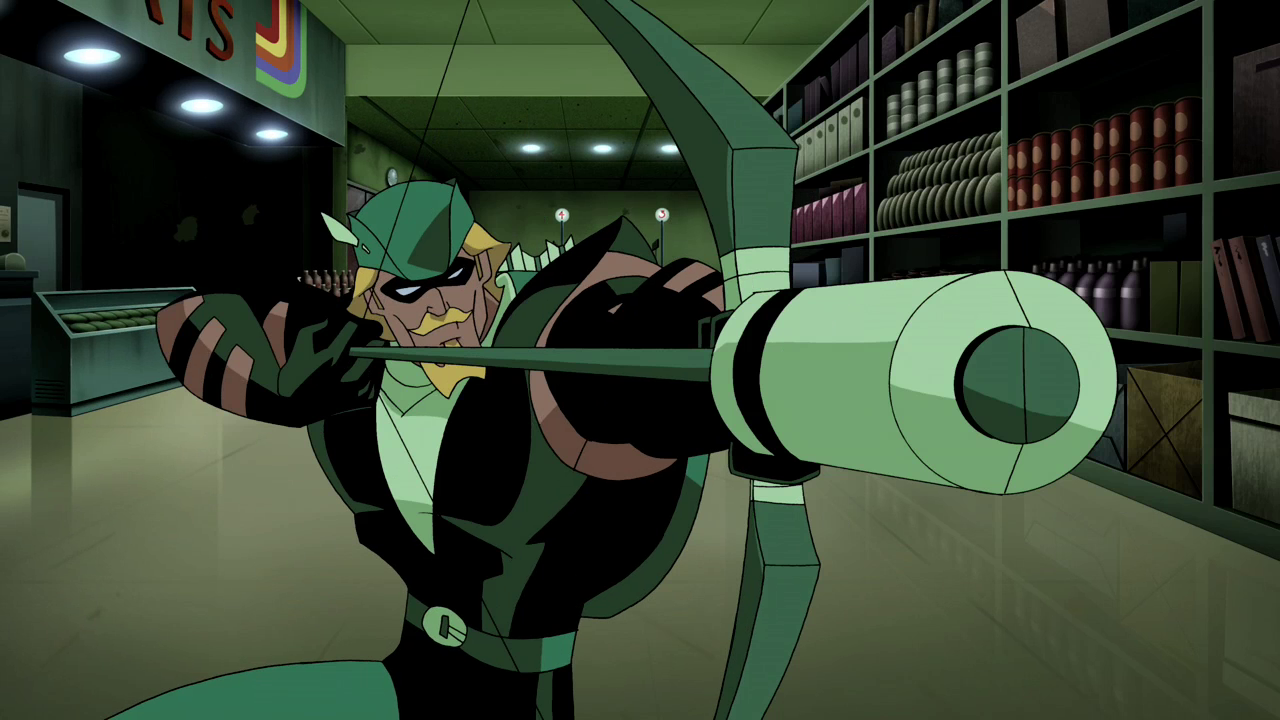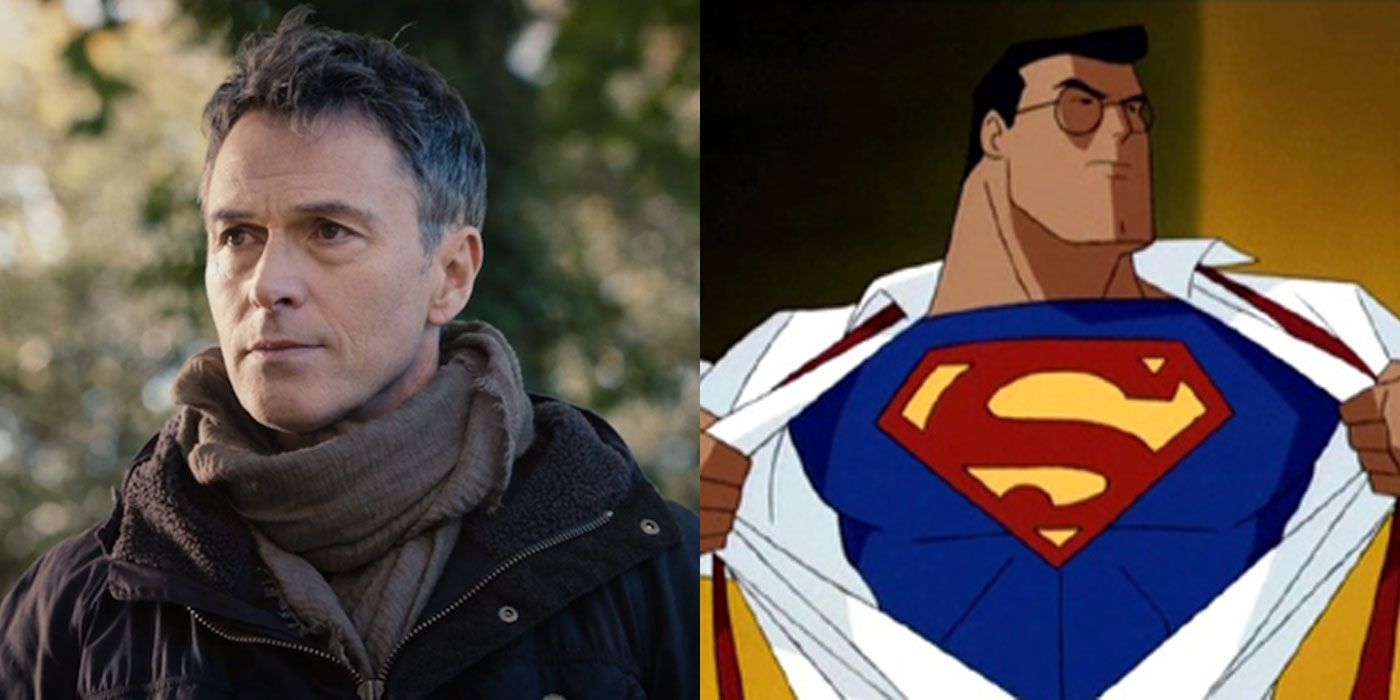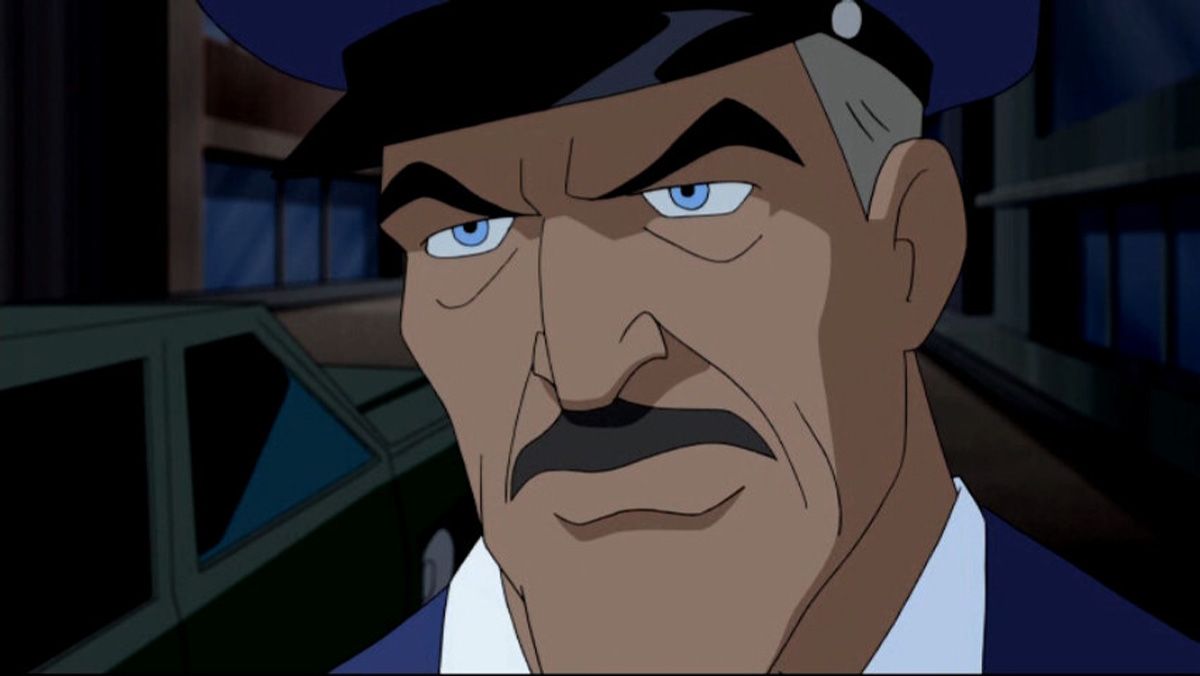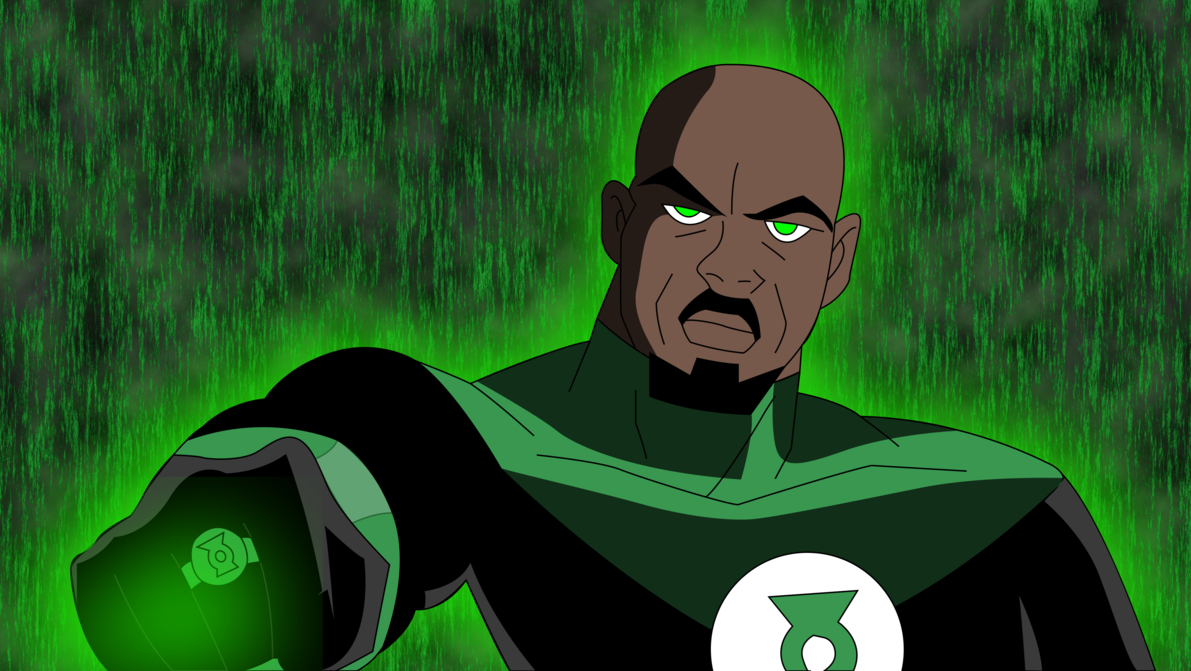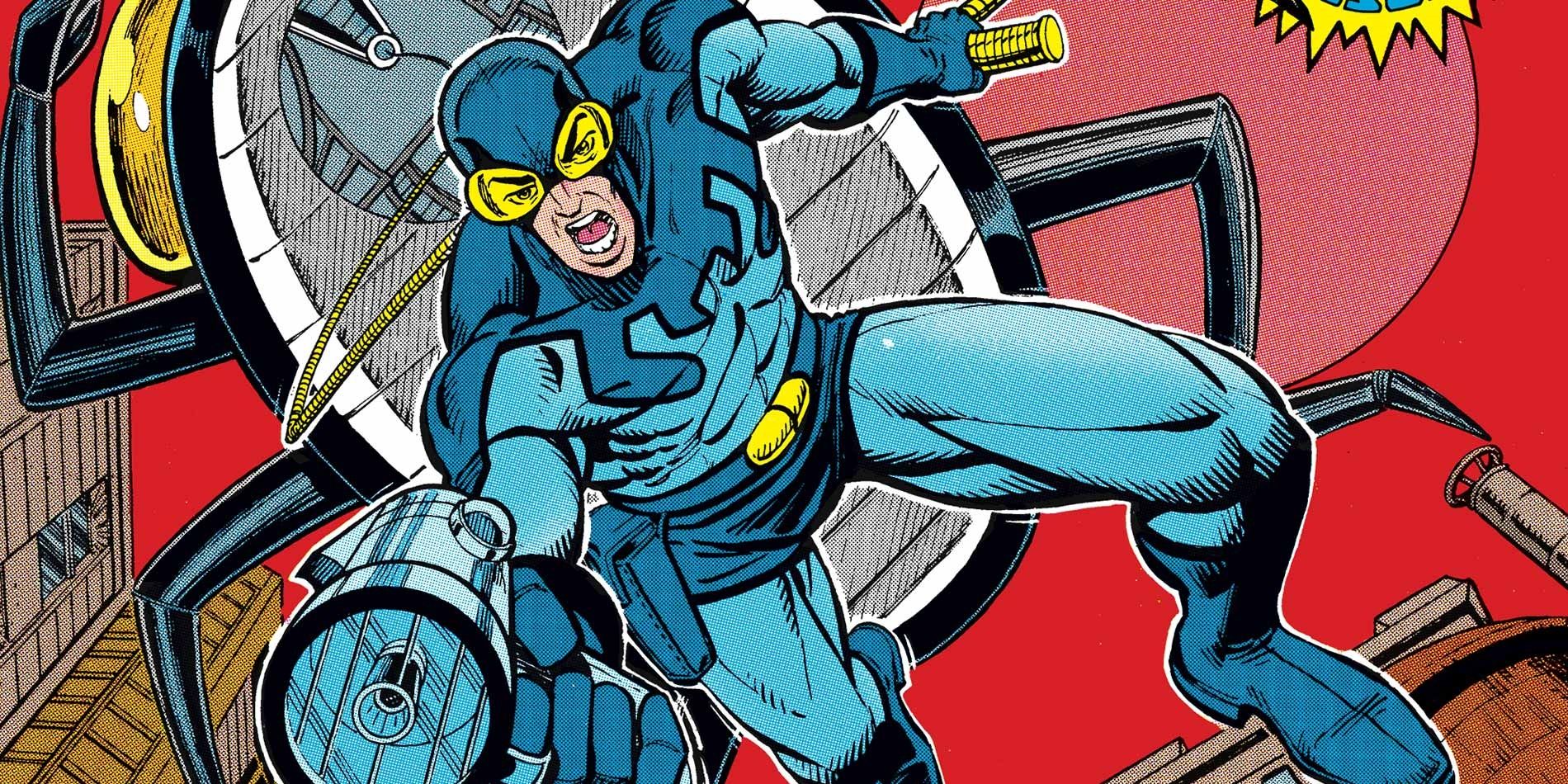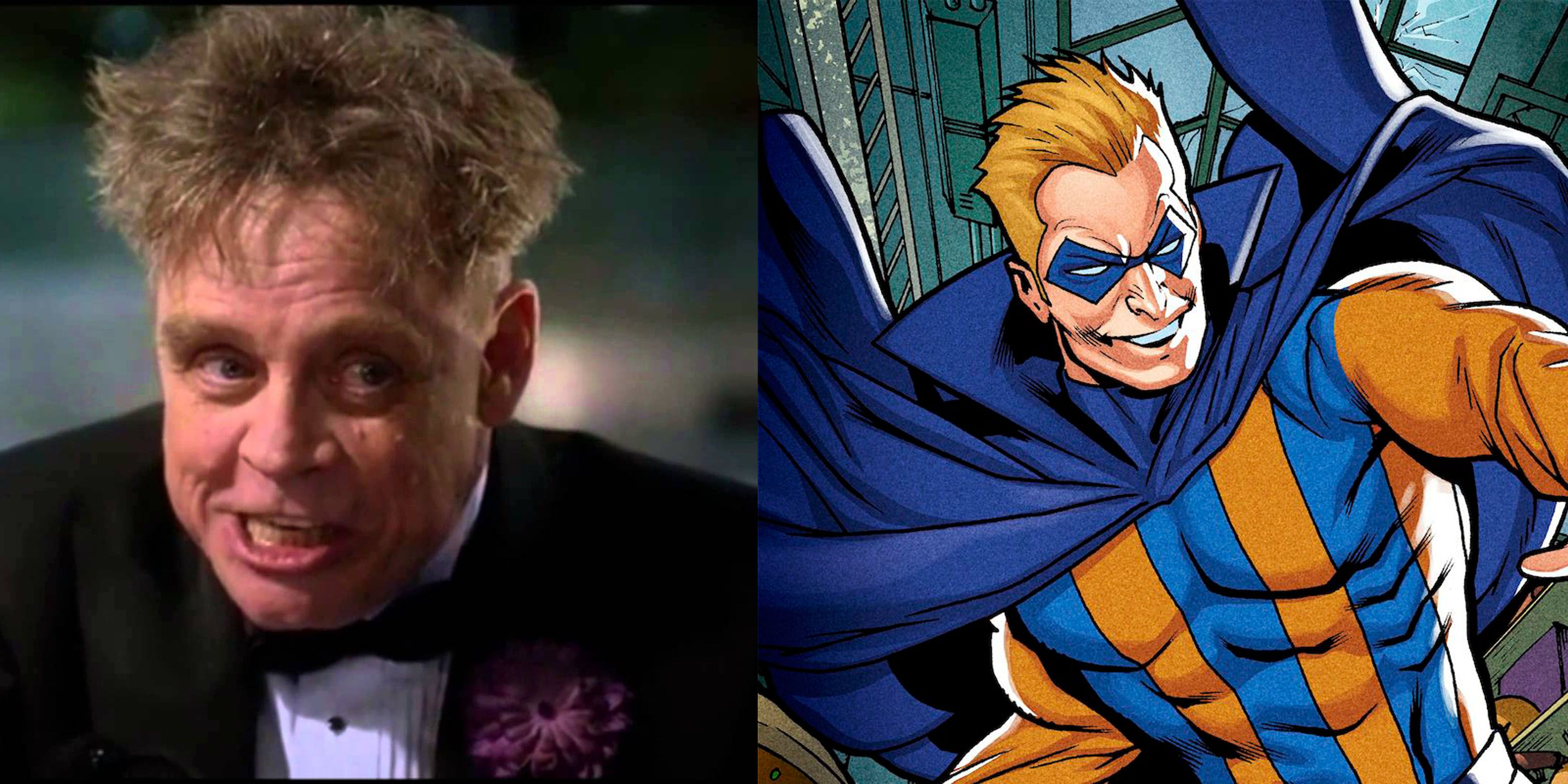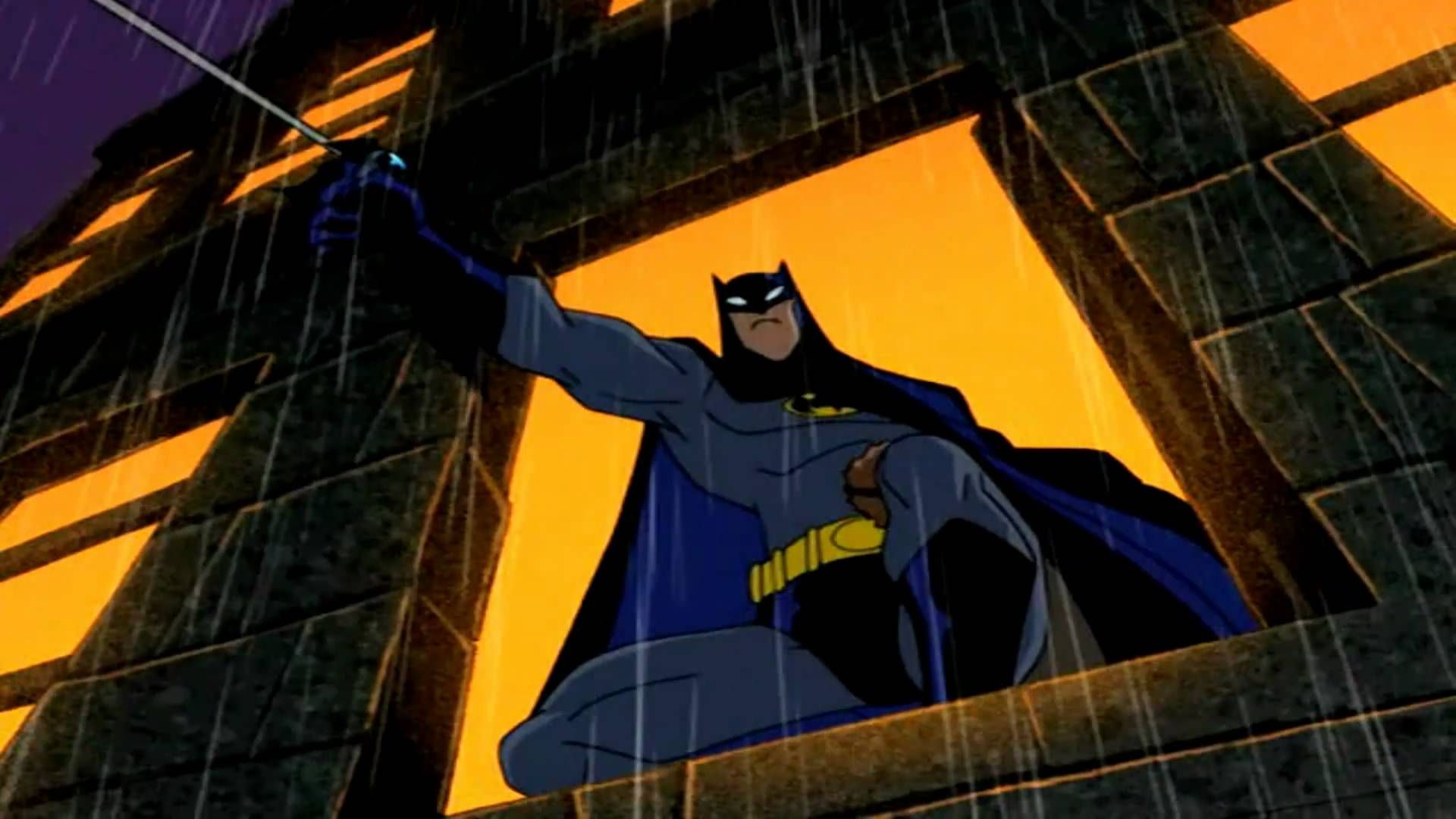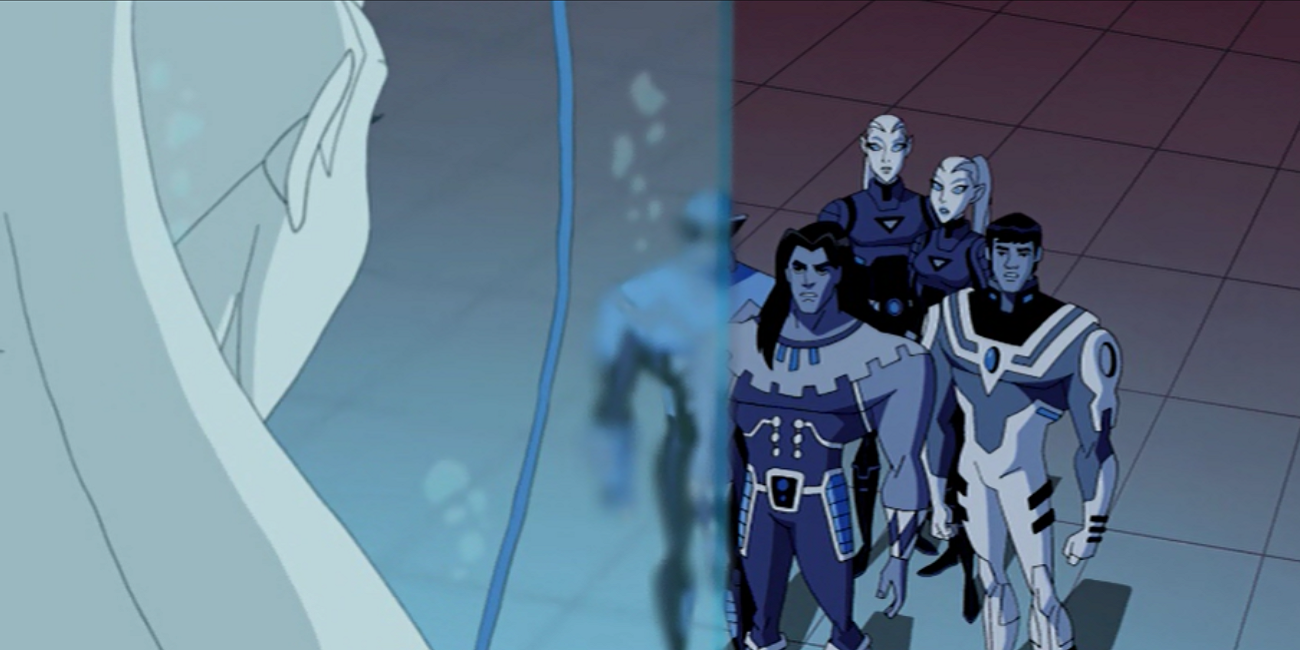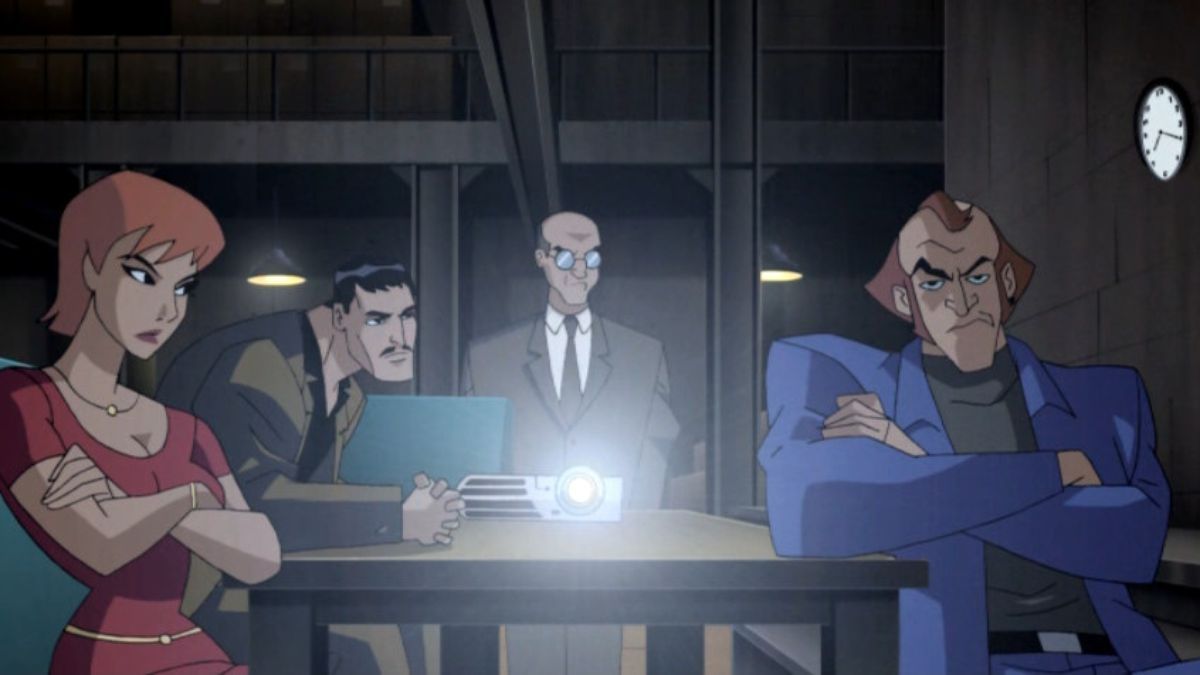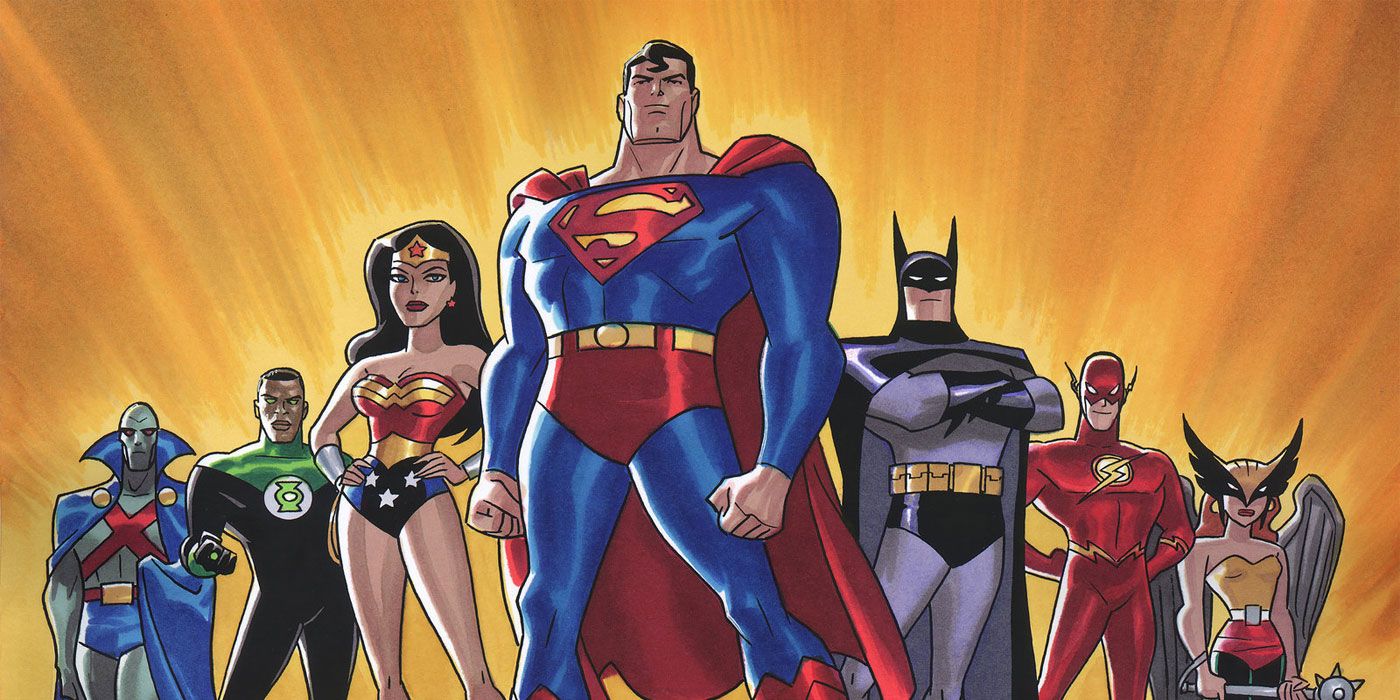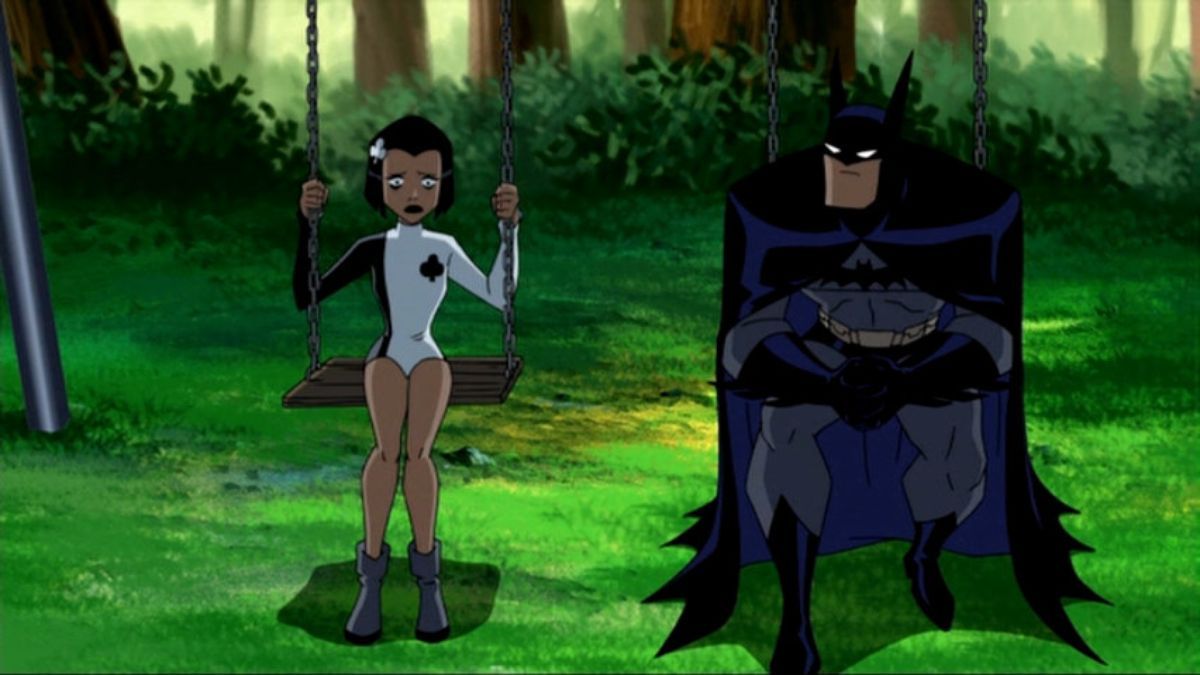Justice League is about to storm the world box office in a major way. DC’s answer to Marvel’s The Avengers (though predating them in the comics by several years), the iconic superteam is one of the most storied entities in comic book history. There have been many adaptations of the league over the years, but the most beloved among DC fans is, with very little question, Justice League Unlimited.
The fourth and final major entry in the DC Animated Universe – following the acclaimed Batman: The Animated Series, Superman: The Animated Series, and Batman Beyond – Justice League Unlimited was the grand finale of the version of DC’s world spearheaded by producer Bruce Timm. With a few notable exceptions, Justice League Unlimited featured nearly every major player in the DC Universe, and for many people it’s still the definitive version of several of its characters.
There are very few shows that could feature both complex season long arcs that dealt with the morality and legal ramifications of superheroes, and episodes where Batman has to sing in a magical lounge bar to help a Wonder Woman who accidentally gets turned into a pig with the same degree of nuance and devotion, but Justice League Unlimited was absolutely that show.
These are 15 Things You Didn’t Know About Justice League Unlimited.
The show couldn’t properly animate Black Canary’s signature fishnets
More often than not, the DCAU shows were able to take the most iconic elements of the universe’s heroes and marry them seamlessly to producer Bruce Timm’s signature animation style. It’s not uncommon, for example, to find fans who consider the DCAU version of Batman to be the definitive visual representation of the Caped Crusader.
And yet that trademark, simplistic style has occasionally led to some disappointing animation compromises. The most notable example was in JLU’s take on Black Canary. Dinah Lance is well known in the comics for her fishnet stockings, and while Timm himself has expressed his admiration for that design aspect, the animators couldn’t make that intricate pattern work in the show.
Ironically, Arrow’s multiple Black Canaries would also forego the fishnets. Maybe DC Films will finally give Dinah her signature leg wear someday.
Aquaman was missing in the final season due to a live-action TV pilot
Aquaman got a bit of a raw deal in the DCAU. Traditionally a founding member of the Justice League, he was elbowed out of the show’s initial lineup by Hawkgirl, a result of the show’s attempts to feature a more diverse core cast. He did feature in one of the show’s better earlier two part stories, channeling the harder edged Peter David version of the character from the '90s comics. When the show expanded to Justice League Unlimited, fans were hopeful the show would establish him as a more regular presence.
That wasn’t meant to be, however, as Warner Bros. restricted the show’s use of the character in deference to a live-action television pilot they had in development. The pilot starred Justin Hartley as Arthur “A.C." Curry, who would go on to play Green Arrow on Smallville when that pilot was never picked up. Aquaman’s luck is changing though; James Wan’s big screen solo film will be out in 2018.
Sidekicks were excluded to avoid Super Friends comparisons
Despite the 21st century onslaught of superhero media, for a not insignificant group of people, the default version of DC’s superheroes is still Super Friends. A Hanna-Barbera show that aired for over 13 years in the '70s and '80s, Super Friends featured rudimentary animation, hammy voice acting, and very silly plots. It was a show for young children that did what it set out to do, but DC has had trouble moving past its legacy at times.
It’s hard to believe now, but there were only 6 years between the end of Super Friends and the beginning of the DCAU, Batman: The Animated Series. Batman: TAS sidestepped Super Friends’ silly Batman/Robin dynamic by aging up Dick Grayson to a physically capable college student. Justice League cut out the middle man altogether by excluding teenage sidekicks - though a few would make a cameo in the final season’s “Patriot Act,” but by that point JLU’s legacy was more than secure.
The producers weren’t sure if The Flash was Barry Allen or Wally West
The DCAU often found itself at odds with what was happening in DC Comics in the '90s and early '00s. The comics were an era of massive change, where longstanding characters were killed off, radically altered, or replaced by new iterations. Timm and his collaborators bristled at this issue as early as Batman: The Animated Series, when they were forced to use the then-new villain Bane.
The most obvious example of this issue was the Flash. By the time Justice League began, Wally West had been the scarlet speedster for well over a decade in the comics, replacing the deceased Barry Allen. The producers were genuinely unsure if they wanted to go with the more iconic Barry Allen or the more contemporary Wally West.
The show initially played coy about which version of the character they were using, but would eventually concede that it was indeed Wally West.
Green Arrow was added to the show due to fan demand
Before it expanded to its broader, post-season two status quo, the show would often touch on corners of the DC Universe that weren’t immediately represented within the core team, such as Aquaman and the New Gods. The producers of the show claim there was one character requested more than any other: Green Arrow.
It makes sense. Not only is Oliver Queen one of DC’s more popular characters and a traditional member of the team, he was experiencing something of a renaissance in the comics, revived in a series written by director Kevin Smith, and playing a crucial role in the polarizing event book Identity Crisis.
It ended up being no surprise when the very first episode of season three featured the Emerald Archer, and he played an integral part in the series for the rest of its run.
Tim Daly was unable to reprise Superman due to being cast in The Fugitive
When it was announced there was going to be a Justice League animated series, most assumed that the previous DCAU voice actors would return to the cast. That was true in most instances – most importantly in Kevin Conroy’s inimitable Batman – but the show would have to get by without its second most notable voice. Tim Daly, who had admirably voiced the man of steel in Superman: The Animated Series, was unable to return for Justice League, as he was cast as the lead in the television revival of The Fugitive.
It’s likely a decision Daly regrets. The Fugitive was canceled after one dismal season, and George Newbern took on the role of Superman for the entirety of Justice League Unlimited’s run.
Daly and Newbern have both voiced Superman in later projects, and it’s hard not to wonder if Daly’s Superman would be revered in the same way as Conroy’s Batman had he made a different choice.
General Eiling was based on his voice actor, J.K. Simmons
General Wade Eiling is a DC staple. He usually shows up in the role of the amoral military operative who sees superheroes as just as big of a threat to humanity as the supervillains. It’s kind of amazing he’s never shown up in a Zack Snyder movie.
In JLU, Eiling was a major player in Project Cadmus, the shadowy organization with the stated aim of protecting humanity from metahumans. He was voiced by J.K. Simmons, an actor who is no stranger to live-action superhero stories. He famously played the bombastic J. Jonah Jameson in Sam Raimi’s Spider-Man trilogy, and he’ll be donning the fedora and trench coat of Commissioner Jim Gordon in the upcoming Justice League film, as well as Matt Reeves’ upcoming Batman solo film.
John Stewart’s role on the show led to his resurgence in the comics
It’s easy to forget now, but when Justice League Unlimited was airing, John Stewart wasn’t Green Lantern in the comics, and neither was Hal Jordan – it was Kyle Rayner. Kyle headlined the book for a decade when it was in the creative wilderness, having jettisoned most of the franchise’s iconic tropes in an ill-considered mid '90s overhaul.
Historically underserved in the comics, JLU proved to be a catalyzing moment for John Stewart. His newfound television fame led to his resurgence in the comics, where he was first made Kyle’s alternate Green Lantern, and eventually Hal Jordan’s partner and equal in the Justice League. Rumors suggest the upcoming Green Lantern Corps film will feature both Hal and John in starring roles, and that is almost certainly in part because of JLU.
Blue Beetle, Firestorm, and the Spectre were unavailable due to rights issues
Rights issues should be well understood by comic book fans at this point. Marvel infamously sold off the film rights to a giant chunk of its universe in the '90s, not realizing it would one day be a cinematic juggernaut and that hanging on to the film rights to the X-Men and Spider-Man might be a good idea.
DC had similar rights issues, though with mostly lower profile characters. A large portion of DC’s B-listers were characters that had been acquired years earlier from other companies, like Charlton and Fawcett, which resulted in some legal haziness when it came to adaptations. DC was also embroiled in unresolved lawsuits with creators that made adapting certain characters a potentially expensive prospect down the line. It’s a shame Blue Beetle and Firestorm never got to play in the DCAU, but there were at least some pretty understandable reasons.
The Trickster’s design was based on Mark Hamill
Let’s be blunt here: the first line of Mark Hamill’s (hopefully very far away) obituary is going to have something to do with Star Wars and Luke Skywalker. The next line might mention something about his work on Batman: The Animated Series as the Joker. You’d probably have to read quite a ways before a mention is made of his work as the Trickster in two different live action versions of The Flash.
That said, Hamill is always delightfully hammy as the Trickster, and he jumped at a chance to voice the character in Justice League Unlimited. A longtime DCAU stalwart, the producers decided to base the character design on Hamill himself as something of a thank you for his indisputable influence on the franchise. The currently running Justice League Action – produced by several JLU alumni - even recently made a very meta joke about Hamill’s many roles in the world of DC superheroes.
The Batman cartoon limited the show’s use of Batman characters
DC’s labyrinthine rules about what shows can and can’t use which characters have become the stuff of legend. Why is it Arrow can’t use the Suicide Squad anymore because of the movie featuring that rag tag group of villains, yet everybody’s fine with their being both a television and cinematic Barry Allen? We may never have a great answer to that question.
Justice League Unlimited was not immune to such corporate whims. By the end of its run, there was already another, unrelated cartoon starring the Caped Crusader, The Batman. For whatever reason, that show had dibs on Batman’s villains and supporting cast, so JLU had to largely abandon the denizens of Gotham City in its final season. The show had never utilized Batman’s villains that much, but having them around for the final season’s Legion of Doom homage probably would have made sense.
The Ultimen were based on the Super Friends
After years of attempting to escape the Technicolor shadow of Super Friends, the DCAU decided to send up that show in the episode “Ultimatum.” Initially presented as a group of young, cheery superheroes, the Ultimen eventually learn they are government-funded experiments; an attempt to create test tube superheroes. When they learn they only have a short time to live, they go rogue, and the Justice League has to stop them from wreaking havoc.
It’s an incredibly dark spin on the cheesy Super Friends, but it comes across as a pitch black, perfectly calibrated joke, acknowledging both the sillier history of DC’s superheroes, as well as its then burgeoning “grimdark” period of death and amorality that would reach its cultural zenith in Batman v Superman: Dawn of Justice.
Suicide Squad had to be called Task Force X
Bruce Timm famously claimed that Cartoon Network gave him much more leeway with content restrictions than Fox and the WB did with Batman: The Animated Series and Superman: The Animated Series, respectively.
Indeed, Justice League Unlimited featured much more blunt and frequent violence than those earlier shows, and even occasionally flirted with sexual humor, something that would have never flown on those earlier series.
And yet the network balked at the idea of calling the Suicide Squad by its name. The word “suicide” was simply too much for even Cartoon Network in 2005. The group was called Task Force X instead, which is traditionally the Squad’s official government designation in the comics. The episode still ended up being one of the darkest entries in the DCAU, and is arguably a better showcase of the supervillain group than the 2016 David Ayer film.
The show rebranded in season 3 at Cartoon Network’s request
Before Justice League Unlimited became the sprawling, universe encompassing epic so beloved by fans, it was the slightly less sprawling, slightly less beloved Justice League, which focused primarily on a much smaller roster, consisting of Superman, Batman, Wonder Woman, The Flash, Green Lantern, Martian Manhunter, and Hawkgirl.
It generally featured two part stories focusing on one member of the team and, after an uneven first season that many believed to be of lesser quality than its DCAU forerunners, the show found its creative voice in its second season, culminating in the fantastic season finale “Starcrossed”.
When Cartoon Network decided the show was in need of some sort of creative and promotional shakeup following the second season, the show’s producers decided to pull a soft reboot, massively expanding the league’s roster and changing the show’s structure to be much more episodic, while also incorporating an overarching season long arc. This new structure solved most of the earlier season’s problems, and the show never looked back.
“Epilogue” was intended to end the DCAU
In 2005, Bruce Timm thought he saw the writing on the wall. Justice League Unlimited was wrapping up its fourth season, but the DCAU had been going for well over a decade, and both toy sales and TV ratings were starting to wane.
Sensing the end had come, the show’s producers capped the season with “Epilogue,” a standalone episode set largely in the future of Batman Beyond, telling the polarizing story of how Terry McGinnis was not only the spiritual heir to the cape and cowl, but the genetic one as well. It was a smaller scale, personal Batman story, since that’s where the DCAU began.
Imagine Timm’s surprise, then, when Cartoon Network ordered a fifth season of the series. That final season ended up being a looser, slightly sillier affair, but actually ended up giving the series a much stronger finale with the massive, summer blockbuster scaled “Destroyer.” If November’s Justice League can come close to “Destroyer’s” sense of epic heroics, it will have pulled off quite a feat.
---
Do you have any Justice League Unlimited trivia to share? Leave it in the comments!

